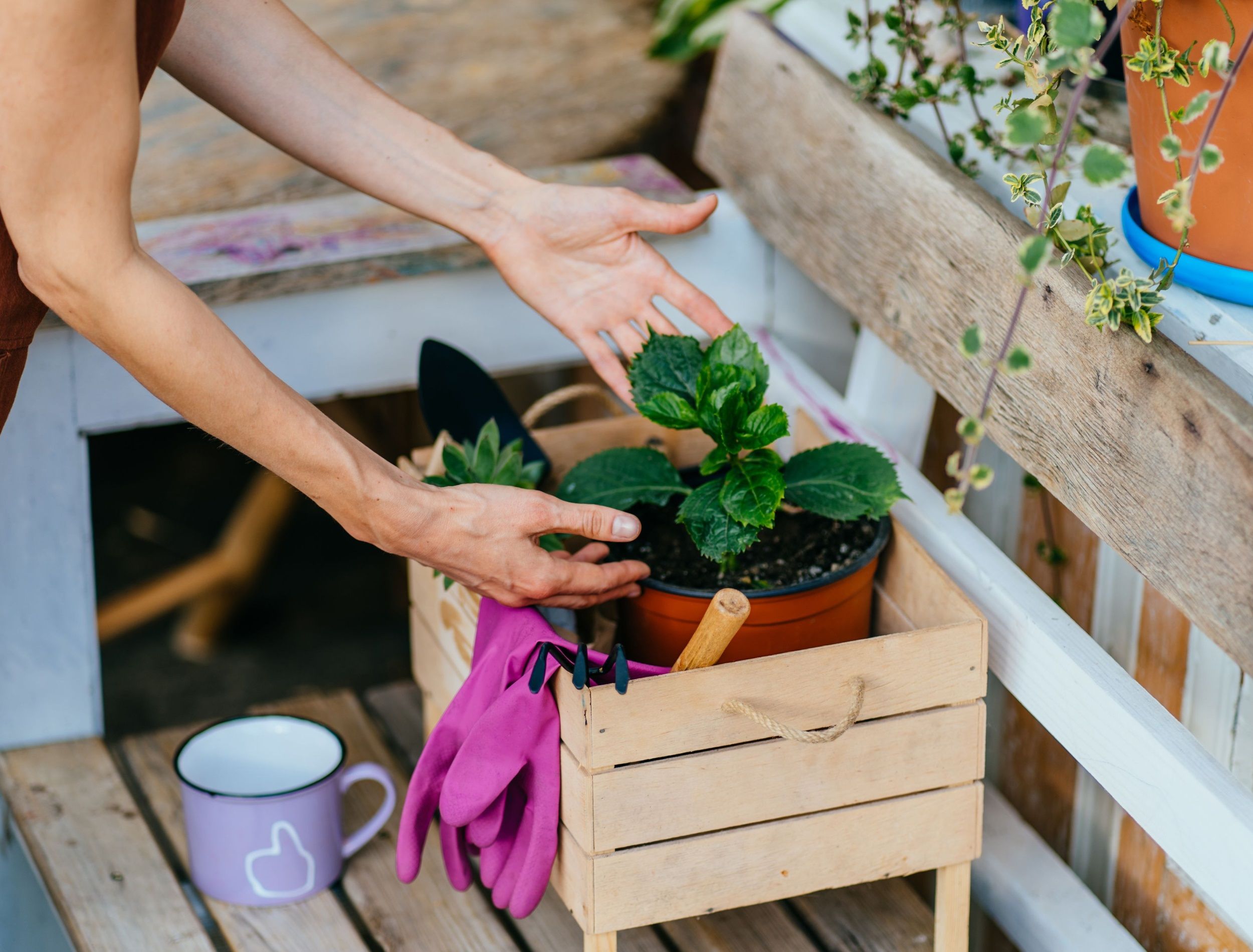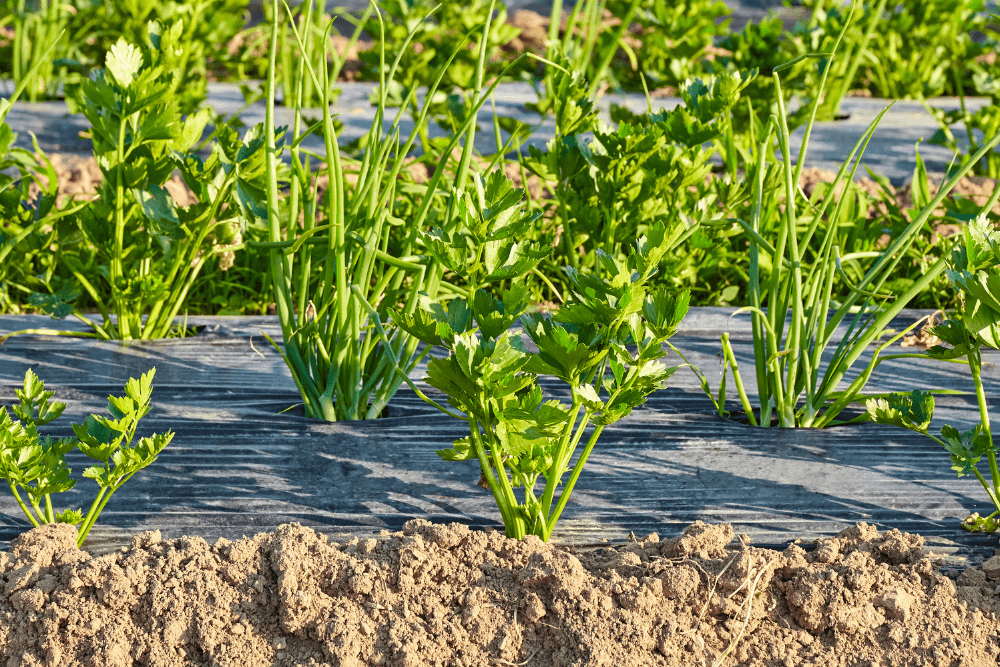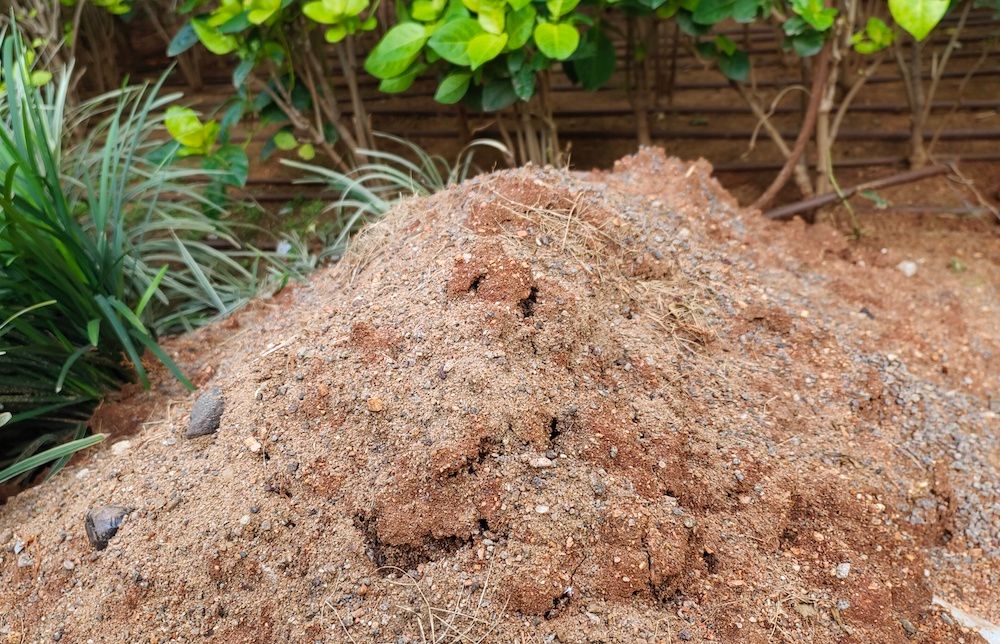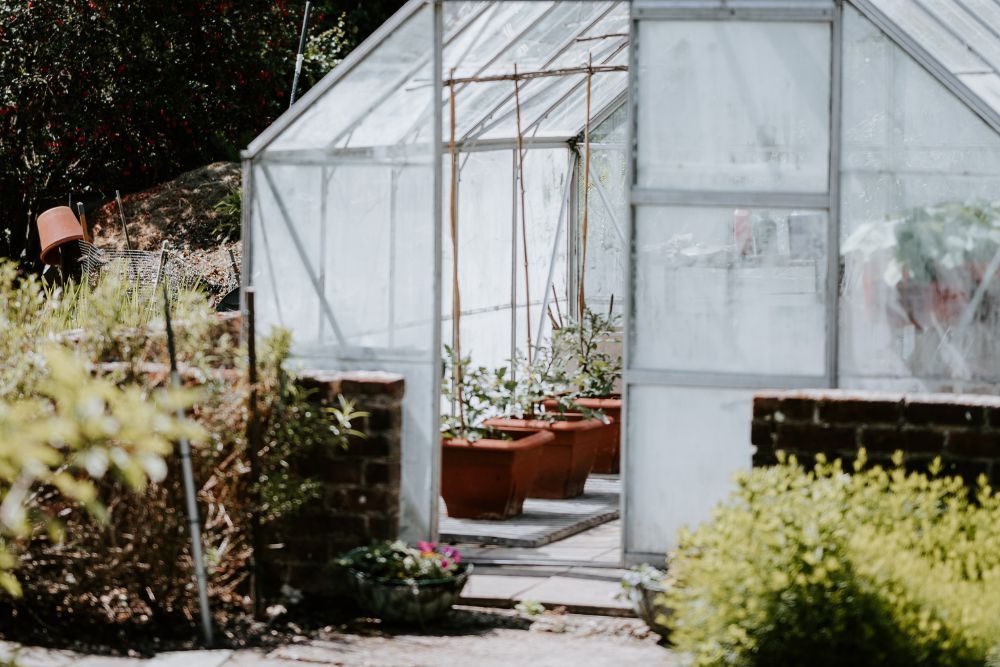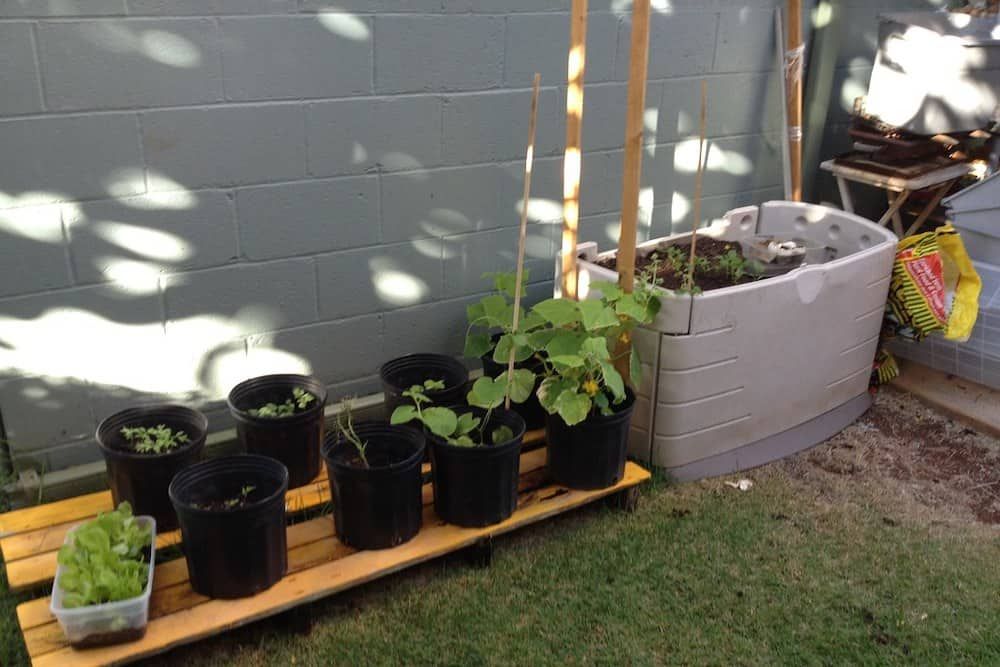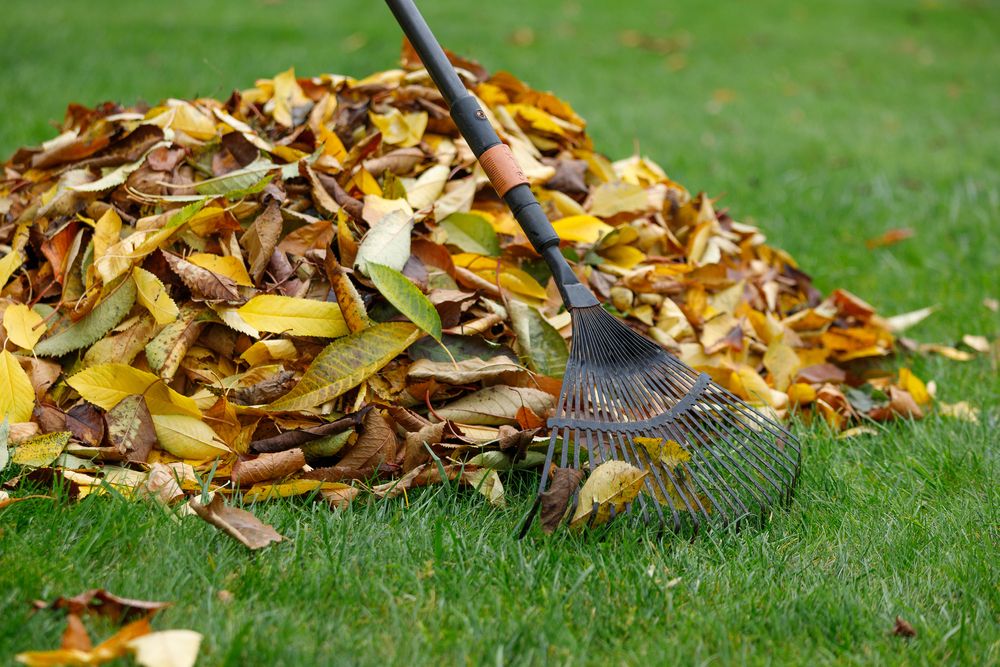With winter just around the corner, your crops will show signs of slow growth from the lack of sunlight and low temperatures, but there are still plenty of gardening tasks to do this month. That said, you'll need to wear proper gear when working in your garden in November. This is because fallen leaves, rains, heavy winds, and low temperatures can be tricky to deal with while you do your essential gardening tasks.
From prioritizing plants that need protection from frost, rain, heavy winds and maintaining your greenhouse, to wrapping up pots and moving some plants indoors, there's a lot to accomplish this month. Below you'll learn about some gardening tasks you should do in your garden this November.
5 Essential Gardening Tasks to Do in Your Garden This November
Before you lock up your garden supplies and get ready to stay indoors for the winter, you'll need to carry out some basic gardening chores, so your garden doesn't suffer when the temperatures fall. You'll need to cover your edible crops, dig up and store tender bulbs, and cover sensitive plants you can't move indoors with plant covers for freeze protection.
1. Fruit and Vegetable Garden Tasks
Image credits: Maciej Bledowski via Canva
Leave your cool-season crops, like turnips, beets, carrots, Brussels sprouts, kale, and spinach, in the ground this month and let them fully mature before you harvest them. If you're growing Brussels sprouts, you'll need to support and protect them from rain and wind. Too much rain can make them rot, and heavy wind can rock them back and forth, damaging their top-heavy stalks.
Now's also the time to harvest all tender and temperature-sensitive veggies such as tomatoes, eggplant, and peppers. After harvesting your crops, you can plant broad beans and common peas to protect your soil from erosion and increase its nitrogen content to benefit future harvests. Then, broad beans and peas can be tilled back into the soil as green manure in spring.
November is also an excellent time to plant garlic if you want to add flavor and variety to your garden!
Pro-Tip: If you don't want to grow edible crops, you can consider planting winter cover crops to prevent damage to your garden soil. If not, you can let the winter weeds grow to help keep your garden soil healthy, aerated, and free from compaction.
In a Nutshell
|
Let cool-season crops mature |
Protect Brussels sprouts from wind damage |
Harvest temperature-sensitive plants |
|
Plant broad beans or peas (Optional) |
Plant cover crops (optional) |
Grow garlic (Optional) |
|
Let weeds grow (Optional) |
2. Soil-Related Garden Tasks
Image credit: Lakeisha Ethans for Backyard Boss
After harvesting your tender plants, if you don't want to grow cool-season crops or ground covers, you'll need to prepare your soil for the next growing season. Start by testing your soil for fertility to see what it's lacking and how you can improve it further. A test will also help you understand your soil type so you can add necessary amendments to improve its structure.
Now's also the time to test your soil's pH after harvesting your crops and before adding lime, fertilizer, and manure to your soil. The crops you just harvested will have used up most of the nutrients you added to the soil when you planted them. This test will help you understand what nutrients your soil is missing.
After receiving your soil test results, replenish your soil's nitrogen (N), phosphorus (P), and potassium (K) content, if needed, before winter sets in. After replenishing your soil's nutrient content and adding the necessary organic and inorganic amendments, spread a layer of mulch on the soil.
Mulch can help prevent erosion, keep your soil warm, boost cool-season plant growth, suppress weeds, and decrease soil compaction. Natural mulch, like perennial cuttings, tree pruning, grass trimmings, and fallen leaves, can reduce the soil's moisture evaporation by up to 50 percent. Remember, green mulch will add nitrogen to the soil as it breaks down and decomposes.
Pro-Tip: You can add earthworms to your soil before adding mulch. Earthworms and soil are mint to be! They break down and speed up the decomposition of organic matter, and their nutrient-rich castings boost the soil's fertility and structure. Some earthworm species will survive the winter, but those that can't usually lay their eggs in tiny sacks that hatch in spring!
In a Nutshell
|
Test your soil for fertility |
Test your soil’s pH |
Replenish your soil’s nutrients |
|
Add necessary soil amendments |
Spread a layer of mulch |
Add earthworms |
3. Greenhouse-Related Gardening Tasks
Image credits: Annie Spratt via Unsplash
Now's the time to check your greenhouse to ensure all screws and bolts will remain secured in place for the winter. This is especially true if you experience strong winds and blizzards. Anchor small greenhouses in the ground to hold them in place and ensure they don't fall over during strong winds.
If you have empty soil-filled pots and trays in the greenhouse, clean them out and store the potting soil in airtight containers so you can use it again when spring rolls by. In spring, you can learn how to refresh old potting soil before using it for plant growth.
Finally, invest in a good greenhouse heater and insulation to keep it warm and frost-free during winter.
In a Nutshell
|
Check your greenhouse structure |
Anchor small greenhouse in the ground |
Clean empty pots, containers, and trays |
|
Store old potting soil that you can refresh in spring |
Invest in a greenhouse heater |
4. Plant Care Gardening Chores
Image credits: coconut wireless via Creative Commons
Place your pots on stands to prevent waterlogging, and remove saucers from under the pots to prevent damage to your plant's roots. Most gardeners plant tulip bulbs for a beautiful spring display! But, if tulips aren't your thing, you can grow crocus, candytuft, and summer snowflakes for a pop of color when spring rolls by. Although, there are some bulbs that won't survive the winter and therefore should be dug up and stored. Some include dahlia, caladium, amaryllis, and elephant ears.
To protect your plants from frost damage, you can learn to make garden hoops, build cold frames, or cover your plants with outdoor plant covers to keep them safe from extreme frost. Next, insulate your large outdoor containers to prevent frost damage. Lastly, set up a windbreak or install a sturdy screen around your garden beds to protect them from strong wind damage.
While you're at it, cut back perennials like hostas, phlox, daylily, peony, lilies, and yarrow, to approximately 6 to 8 inches above soil level to help them harden off so they can survive the winter. They will eventually grow back when temperatures warm up! You can divide other perennials and transplant them into pots that you can bring indoors for the winter.
In a Nutshell
|
Place pots on stands |
Remove saucers from underneath pots |
Plant tulips for spring displays |
|
Make garden hoops or cold frames to protect plants |
Cover your plants |
Insulate outdoor containers that you can’t move indoors |
|
Set up a windbreak |
Cut back perennials, and store bulbs |
Divide and transplant other perennials in pots you can move indoors. |
5. General Maintenance
Image credits: Yuliia Gornostaieva via Shutterstock
Before you lock your gardening tools, clean, oil, sand, and sharpen them before storing them. You'll need to remove rust from your garden tools because rust can corrode the metal, causing the tools to be useless over time. Garden tools can be expensive, depending on the materials and quality. This is why it's essential to learn how to repair, maintain and repurpose them before locking them up for the season.
Rake up fallen leaves and add them to your compost pile to insulate your compost bin so it doesn't freeze over in winter and halt decomposition. To keep the pile warm, surround your compost bin with bags of leaves. You can also add up to 12 inches of fallen leaves, sawdust, or woodchips to insulate the pile.
Remember, winter can be a tough time for birds, too. If you have frequent winged visitors, you may want to invest in a bird bath heater for warm water throughout winter and keep their food supplies stocked up.
In a Nutshell
|
Clean, sand, oil, and sharpen garden tools |
Rake up fallen leaves and add them to your compost pile |
Insulate your compost bin |
|
Invest in a birdbath heater |
Top up on bird food |
Never a Dill Moment!
November is a great time to carry out some gardening tasks to prepare your garden for the upcoming winter. From tending to plants to maintaining your greenhouse, there's a lot to complete this month. As a last minute tip, remember to keep off your lawn when it's wet and frosty to avoid accidents and indents.
Leave your experiences, thoughts, and questions in the comment section, and as always, please share!
Happy Gardening!

